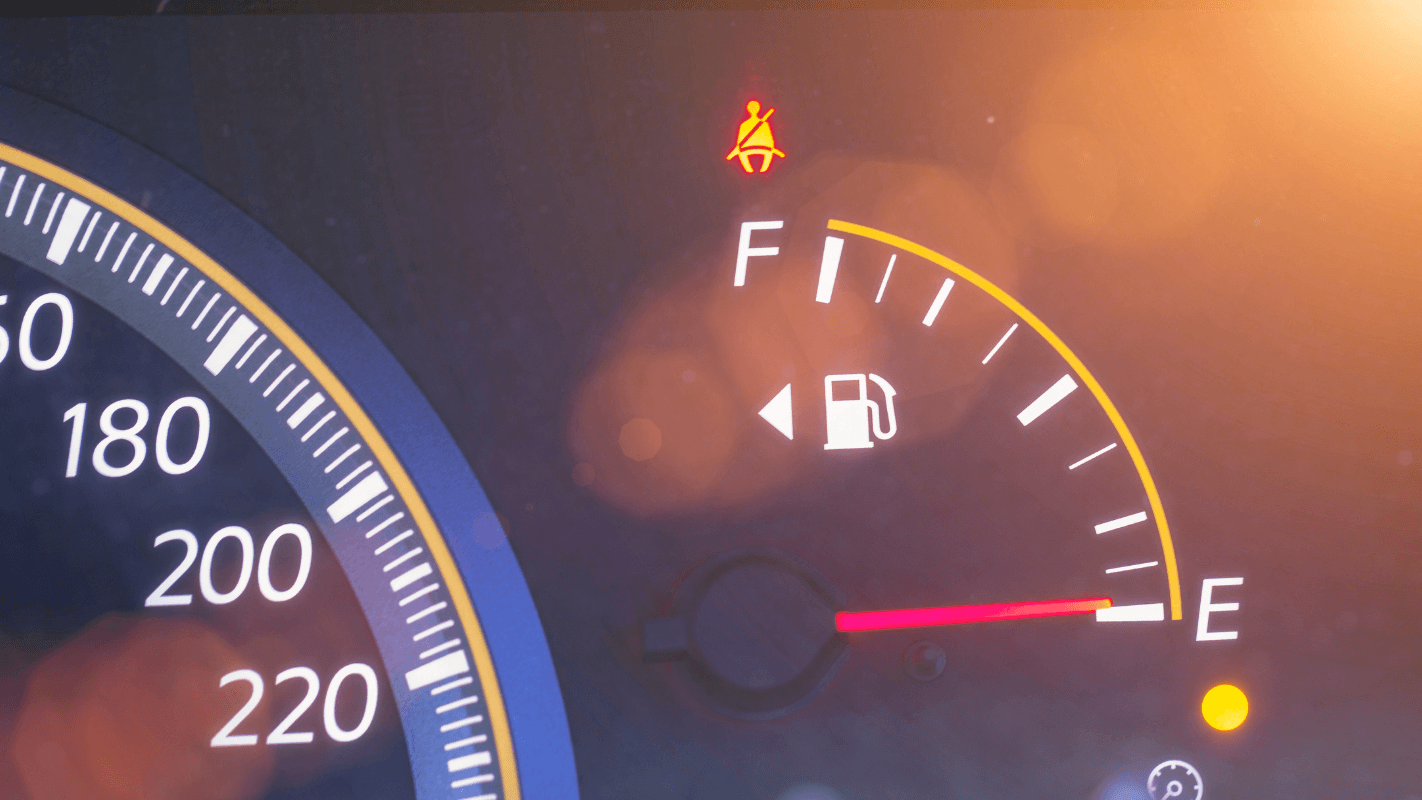Every car needs to be well looked after regardless of how old or new it is. Before every long journey, and/or at regular intervals if you only ever drive short-distances, there are a few checks you should perform under the bonnet and around the car to keep yourself moving once you hit the road.
Here are 10 car maintenance checks you can do to keep your car safe:
1 – Fuel
Make sure you have enough fuel for your journey. You might be surprised to learn how many people run out of fuel midway through their journey. If you don’t think you have enough fuel make sure you visit a petrol station and top up. Whilst there are lots of places you can fill up on the motorway too, it’s best to check you’re setting off with enough to get you to a fill-up point, or your final destination.
2 – Oil
If your vehicle does not have enough oil you could catastrophically damage your engine. The level of oil should be somewhere between the minimum and maximum mark on the dipstick. You should also be aware of the type of oil you need to use. If you’re not sure please read your owner’s handbook as it will tell you.
3 – Rubber
Check the rubber on your wiper blades and your tyres.
Your tyres will need to be checked fairly often for splits and wear and tear. However, the most important factor is that they have enough tread depth. The minimum amount of tread is 1.6 mm. However, during the winter months you should have at least 3 mm of tread. This is because it will help you to keep your wheels on the road.
Your wiper blades will get a lot of use, especially during the winter months. Check them for cracks and splits that could prevent them from working properly.
4 – Coolant
The coolant level needs to be topped up before you have a long journey. Coolant works to prevent your car from overheating or its engine being frozen.
When the engine is cold make sure you check the levels and you know what coolant to use.
5 – Electrics
Your car is almost full to the brim of electrics and each one of them needs to be regularly checked. Take a walk around your car and check that all of your lights are working. Don’t forget to check your number plate lights.
Next, check your battery and ensure that all of the terminals are clean and your engine starts properly. If your engine has difficulty starting you might need to have the battery checked out.
6 – Screenwash
Make sure you have enough screen wash. You’ll typically use more of it during the autumn and winter months, however, it’s useful all through the year. Use screenwash additive or a pre-mix. You can usually find them for sale at petrol stations.
7 – Engine air filter
An air filter that’s clogged-up or faulty can reduce the efficiency of your fuel. It could also reduce the power of your engine. This is why you should replace it either every 12,000 miles or every 12 months.
Find the filter under your bonnet, it’s usually in a black box. Remove it, making a note of how the filter fits into the box before you insert a new one.
8 – Spark plug
Please note, petrol engines have a spark plug, diesel engines do not.
A faulty spark plug can cause your engine to misfire. This is why it’s essential they are replaced. Make sure you take a look at your handbook for instructions as it will also tell you what tools you need.
9 – Brakes
Brakes need to function correctly at all times. If they don’t you could cause an accident. Check the brake fluid to make sure you have enough. Top up if necessary. Make sure you check the brake fluid level every 20,000-30,000 miles depending on what car you have.
10 – Air conditioning
No matter what the weather is doing you air conditioning unit needs to function properly. However, you can only check the pipework as a service will need to be carried out by someone who knows exactly what to look for.
Doing all of these maintenance checks will ensure that your car is well looked after which means it can look after you.








